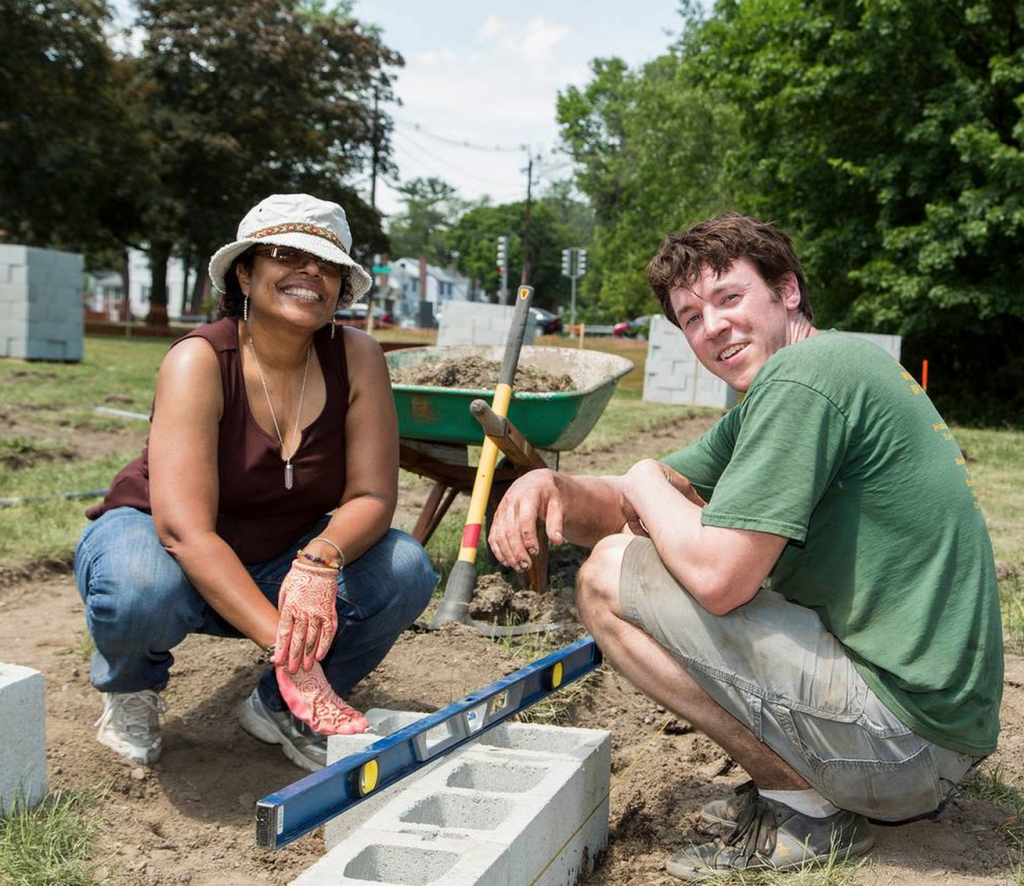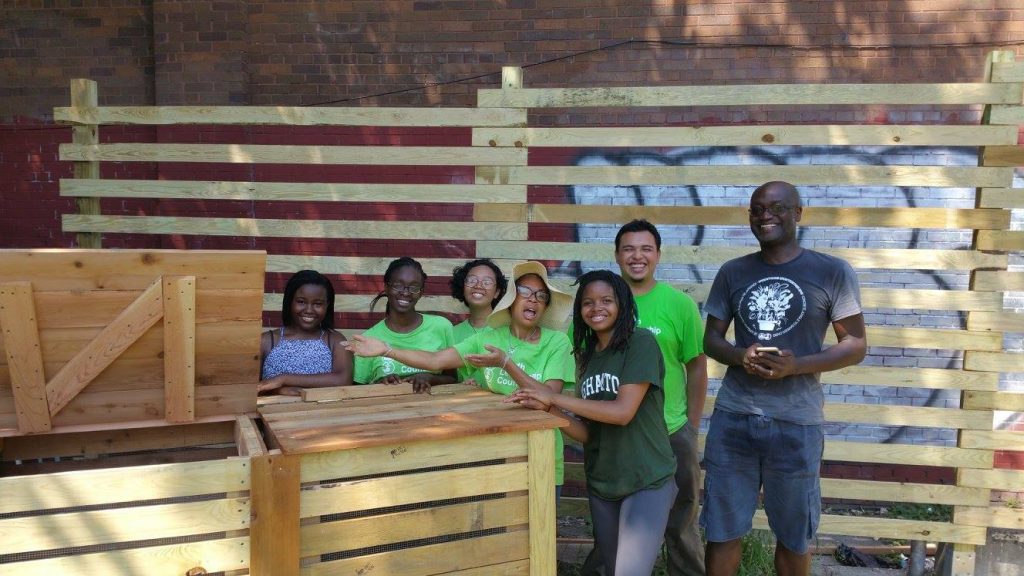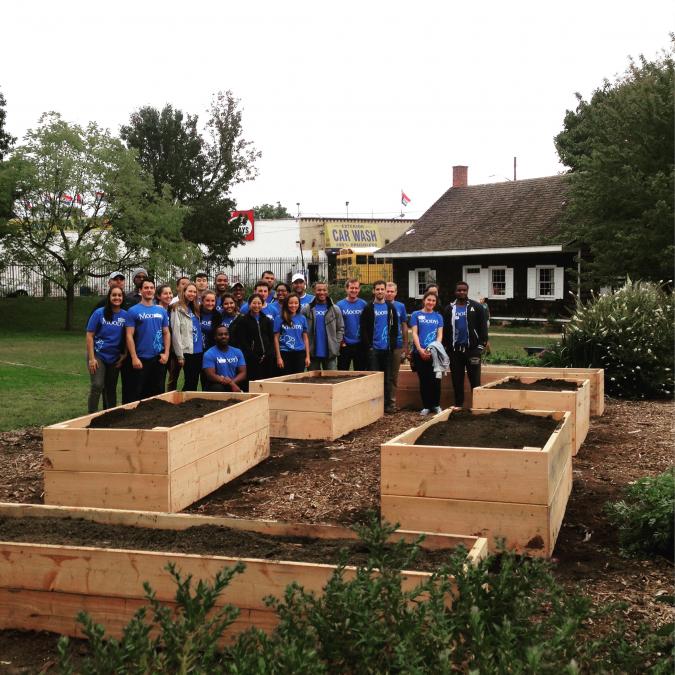Don’t get us started about the many benefits a community garden can bring to your neighborhood. From increasing access to fresh produce, to encouraging outdoor exercise and social interaction, to improving air and soil quality, to reducing crime, the list of perks is quite long.
What gets less press are the problems many community gardens face, from theft to toxic soil to culture clashes. That list is fairly long, too!
But before you leave your shovel in the dirt and run off your plot forever, see if you can find some help and hope in our roundup of…
Common community garden fails & fixes
First things first: Structure your garden for success
If you’re starting a community garden from scratch, you’ll need to make some basic arrangements before planting your first seed. These include picking an appropriate site, getting permission from the land owner, and assuring support from your neighbors.
During this initial planning phase, it’s also good to think about how your garden will be structured: communally or individually? In a communal system, there are no assigned plots; members can work on whatever parts of the garden they choose, and can claim whatever produce they see fit. In an individual system, each member gets a plot that only they are responsible for tending—and that only they are allowed to harvest from. While some gardeners like the more open, collective feeling of a communal setup, many find it results in “the tragedy of the commons,” aka: when shared spaces go unregulated, they are often neglected or exploited because no one is in charge.
There’s certainly no right or wrong way to structure a garden, and many factors inform what works for different groups. Talk the possibilities out with your steering committee and other neighbors, do what you think will be best for you, and if at first you don’t succeed, try a different way.

The problem: Gardener drop-out
Like all volunteer work, helping to maintain a community garden can be a source of great satisfaction. But because it’s not paid work or a family obligation, it can also be one of the first commitments to slide when life gets hectic. When members stop showing up, their plots can become overgrown or go to seed, inviting pests and keeping the garden from looking its best.
Some solutions:
-
- Get a deposit. Most gardens collect annual dues from members. These pay for shared supplies and help to ensure that members will take their gardening responsibilities seriously. In addition, you can consider collecting a one-time maintenance deposit: if the member wants to leave the garden and has kept their plot in good order, they get their money back. If they want to leave and haven’t been keeping it up—or, if they just stop coming—their deposit becomes a “cleanup fee” and stays in the garden’s general fund.
- Institute a forfeiture policy. This is like the deposit idea, but gives the garden the right to reassign a gardener’s plot to another member who wants one if the plot has been abandoned for a stated length of time.
- Make commitments count. When they join, have members commit to doing a certain amount of work per week or month, and have them sign in on an attendance sheet when they do their work. Setting expectations from the start can help gardeners make the necessary time in their schedules, and reviewing the sign-in log can show who’s been missing from duty.

The problems: Theft & vandalism
Whether it’s your plants, tools, or cash that goes missing, theft is at least an occasional fact of life for most all community gardens. Sadly, vandalism in the form of property destruction or defacement also occurs. While non-members are the most obvious culprits, intra-garden shenanigans are known to occur, too!
Some solutions:
-
- Explain yourself. Passersby may not know what a community garden is, and think your produce is free for the taking. Through staked signs and conversation, let people know that this is a place where member-gardeners work hard to grow their own food. They may be willing to share!, but taking it without asking is stealing.
-
- The old fence & gate trick. While some gardens do okay when left wide-open, others face consistent disruption from plant-tamperers and other interlopers. Often, low-tech measures like fences and locked gates can drastically reduce meddling; all members can be given a key or code for the lock. To maintain your garden’s community feel, you can host “open hours” when the public is invited to visit. (Just make sure you maintain a schedule with your fellow members so at least one of you will be there at those times.)
- Gardener pro-tip: Instead of installing ugly—and possibly illegal—barbed wire at the top of your fence, try planting thorny bougainvillea or pyracantha as a deterrent to climb-overs!
- The old fence & gate trick. While some gardens do okay when left wide-open, others face consistent disruption from plant-tamperers and other interlopers. Often, low-tech measures like fences and locked gates can drastically reduce meddling; all members can be given a key or code for the lock. To maintain your garden’s community feel, you can host “open hours” when the public is invited to visit. (Just make sure you maintain a schedule with your fellow members so at least one of you will be there at those times.)
-
- Mark tools & store them securely. If you bring your own tools to work on your plot, take them home with you when you go. If you use tools communally, use paint or magic marker to write “Property of [ABC] Community Garden” on them, and store them in a locked shed before closing the garden down each day.
-
- Lights, cameras. While lighting up residential areas has its pros and cons (and is a subject of some debate as it relates to crime), many community gardeners have found it helpful to install LED or solar-powered lights in and around their green acres. Security cameras are generally higher-priced, but can be helpful in identifying intruders.
-
- Give it away. Consider growing a little extra produce to give away, and leave it in boxes outside the garden’s gate. Explain with a sign that visitors are free to take what they like from this offering, but that the plants in the garden belong to its members.
-
- Post a hotline. In case a neighbor sees theft or vandalism take place—or really anything that needs attention—clearly post the phone number or email address of a member who can take a report. As a committee, you may decide to speak with the police about incidents of mischief, or deal with them internally.
- Reign in the cash. Your garden may bring in funds by many means: collecting member fees, organizing crowdfunding campaigns, receiving grants, etc. Make sure your steering committee records all the money that’s coming in and how it’s being spent. You may also want to make these records available to any member who wants to see them.

The problem: “Community” isn’t always easy!
“People have this idea, because it’s a ‘community’ garden, you’ll have a bunch of people sitting around holding hands, singing ‘Kumbaya,’” said Julie Beals, executive director of the Los Angeles Community Garden Council, in Modern Farmer. “Have you seen an actual community?”
The article continues: “Community gardens make wonderful additions to any city — that’s not in dispute. But let’s face it: Any time strangers mix, you can’t always bank on good behavior.” Cultural differences, territorial feelings, and the simple act of getting to know one another can all breed tension and conflict.
Some solutions:
-
- Hold monthly work days. Especially if your garden has individual plots, many members will want to visit and work in the garden according to their own schedules, which is great. But to bring a little more “community” to your community garden, try touting one day a month—the third Saturday, for example—on which all available members try to come. This gives people a chance to meet each other and work on any larger “all hands” tasks.
-
- Hold regular meetings. In the same vein, schedule monthly or quarterly all-member meetings to discuss any current events, goals, and problems. If members speak different languages, do your best to provide translation. Offering a written account of what was discussed, or enlisting a bilingual garden member or friend could go a long way to help.
-
- Have fun together! Planning and participating in gatherings that are purely for fun can help neighbors get to know each other socially, rather than in the work-focused context of everyday gardening and organizational management. This is a great way to learn about each other and strengthen your bonds. (You may be familiar with the corporate analogue to “having fun together:” team building.)
- Share the love. Another way to build understanding and smooth communication with your community is to plan a few programs every year that are open to the public as well as members. Depending on your resources and level of ambition, these could include seed swaps, planting parties, talks by experts in topics like composting or native plant species—you name it! Your garden members get to show off their work, you’ll make some new fans and possibly new recruits, and everyone will feel like they’re part of it.
According to the very useful Community Garden Start-Up Guide produced by the University of California Cooperative Extension, “All community gardens will experience problems somewhere along the way. Don’t get discouraged—get organized. The key to success for community gardens is not only preventing problems from ever occurring, but also working together to solve them when they do inevitably occur.”
